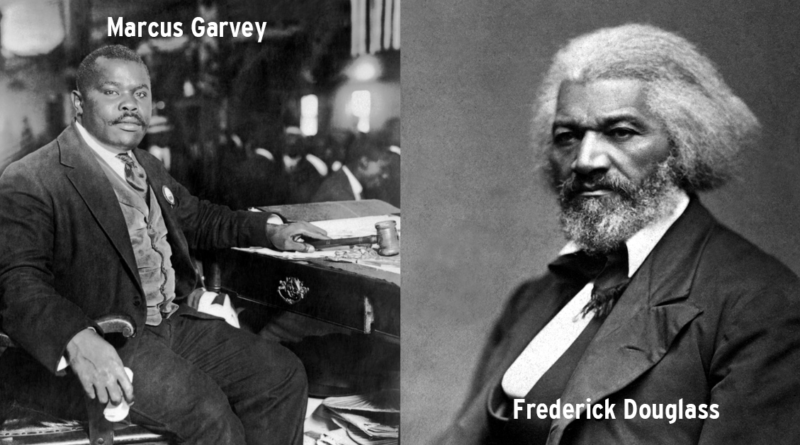NYCHA Developments Named after Black Americans
To commemorate Black History Month, The NYCHA Journal is highlighting the Authority’s developments named after prominent Black Americans. Residents of these developments have permanent reminders of these trailblazers who made considerable contributions to American life throughout our nation’s history.
“Those who have no record of what their forebears have accomplished lose the inspiration which comes from the teaching of biography and history.” – Dr. Carter G. Woodson
LEWIS S. DAVIDSON, Sr. (1883 – 1964) – He was a minister, teacher, community leader, and organizer actively involved in the Morrisania section of the Bronx. He was an organizer of the Social Economic Welfare League, since renamed the Henry O. Tanner League. Davidson was an early advocate of specially designed housing for senior citizens. He was the publisher of The Listener, one of the first general interest newspapers in the South Bronx owned and edited by Black people. He also developed several Black church organizations; was the organizer and first president of the Bronx branch of the NAACP; and developed a consumer food cooperative in the South Bronx. He was also the first Black owner of property (on which part of the development named for him now stands). Davidson Houses is in the Morrisania section of the Bronx. (Not pictured.)
FREDERICK DOUGLASS (1817 – 1895) – Born into slavery, he learned to read and write before escaping in 1838 from Maryland to New England. He worked for social reform and the abolition of slavery and published The North Star, an anti-slavery newspaper. Later, he became a major force in the struggle for desegregation of schools, housing, employment, and the right to vote. He was an adviser to President Abraham Lincoln during the Civil War, and afterwards became Minister and Consul General to Haiti and the U. S. Marshal for the District of Columbia. Douglass Houses is in the Manhattan Valley section of Manhattan.
MARCUS GARVEY (1887 – 1940) – Born in Jamaica, Garvey became a leading proponent of Black nationalism. He founded the Universal Negro Improvement Association in 1914, determined to build worldwide unity among Blacks and to establish the greatness of their African heritage. He rejected any integration into countries where Blacks were a minority and urged a “back to Africa” movement. A brilliant speaker, Garvey was prominent as publisher of his newspaper, Negro World. He was the most influential Black leader in the early 1920s. Garvey Houses is in Brownsville, Brooklyn.
(To see the previous prominent Black Americans and developments, click here and here.)

